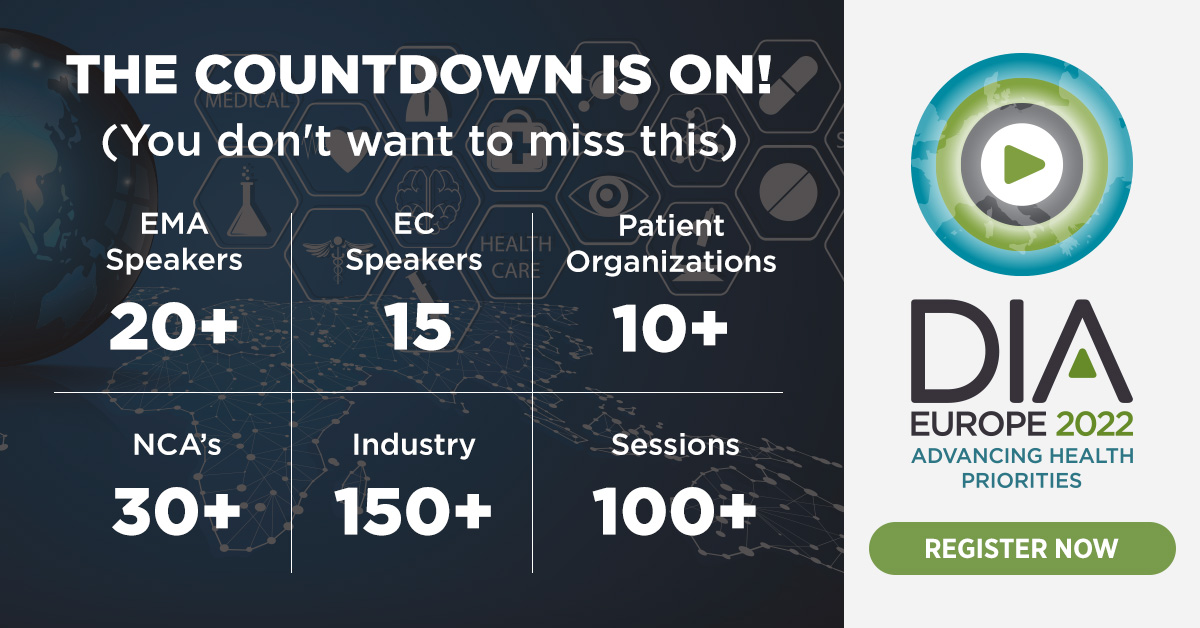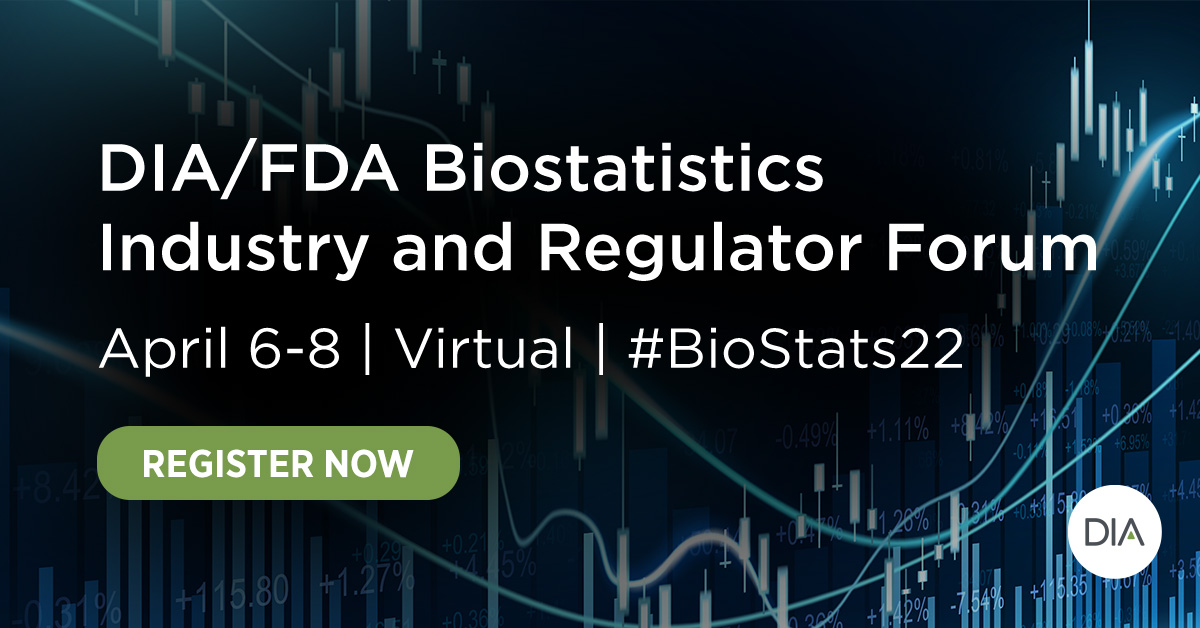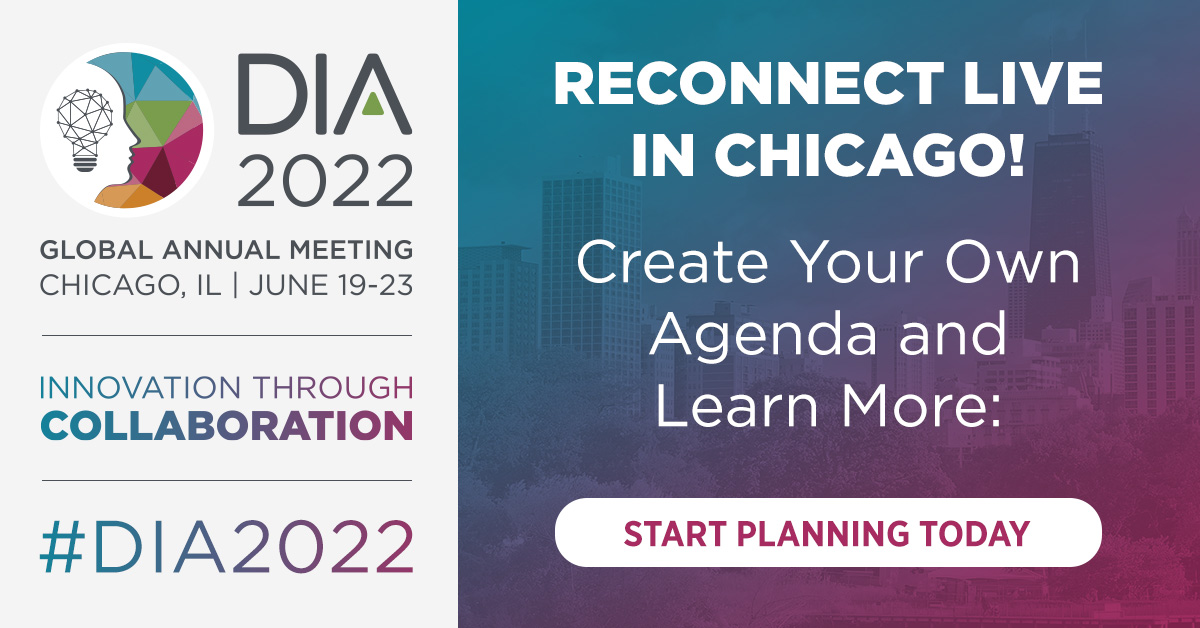Table of Contents
EXECUTIVE LEADERSHIP
Subscribe
Love Global Forum’s new online format? Subscribe today and never miss an issue.
Editorial Board
Content stream editors
Gary Kelloff US National Institutes of Health
regulatory science
Isaac Rodriguez-Chavez ICON plc
Patient engagement
Trishna Bharadia Patient Advocate and Media Contributor
Mary Stober Murray National Minority Quality Forum
Editorial Staff
Sandra Blumenrath, Managing Editor, Scientific Publications DIA Scientific Communications
Chris M. Slawecki, Senior Digital Copyeditor DIA Scientific Communications
Regional Editors
David Mukanga Bill and Melinda Gates Foundation
ASEAN
Jin Shun Sandoz
AUSTRALIA/NEW ZEALAND
Richard Day University of New South Wales, Medicine, St. Vincent’s Hospital
CHINA
Ling Su Shenyang Pharmaceutical University, Lilly Asia Ventures
Europe
Thomas Kühler Sanofi R&D
INDIA
J. Vijay Venkatraman Oviya MedSafe
JAPAN
Ozawa Goshi Real World Data Co. Ltd.
LATIN AMERICA
Cammilla Gomes Roche
USA
Ebony Dashiell-Aje BioMarin
Young Professionals Editors
Saloni Patel Acorda Therapeutics
DIA Membership
Bringing together stakeholders for the betterment of global health care.
National Center for Advancing Translational Sciences
National Institutes of Health
National Cancer Institute
National Institutes of Health
ortable and wearable consumer electronics for communication, interconnectivity, and information sharing have become firmly woven into the fabric of daily living. These technologies and associated infrastructure have spawned potential for the integration of wearable devices into the cancer-care continuum. Digital biomarkers and digital health approaches are being broadly applied to the multifaceted obstacles cancers present at the levels of prevention, risk, detection, diagnosis, treatment, and survivorship.
Aurion Biotech
OVID-19 exposed many vulnerabilities of our current global healthcare ecosystem. However, it also spurred debate on how to find novel solutions. Examples include the broader use of telemedicine, an increase in decentralized trials, and the provision of timely regulatory guidance. Consensus is growing that reliance pathways are useful in both emergency and routine situations and that more could be done to leverage their benefits. The expert committee members convened by the National Academies of Sciences, Engineering, and Medicine stated in their consensus report that “regulatory reliance is a 21st century best regulatory practice” not only for resource-constrained agencies, but also for better-resourced agencies. This article will 1) define regulatory reliance, 2) discuss national regulatory agencies’ considerations on its use, and 3) outline challenges to implementation and opportunities for fostering this 21st century best regulatory practice.
he shift to hybrid, decentralized trials has highlighted the need for better data management and direct digital connections that link sponsors, sites, and patients.
Meeting Highlights: DIA Cutting Edge Series AI/Digital Symposium 2021 in Japan
DIA Cutting Edge Series AI/Digital Symposium 2021 in Japan
Meeting Highlights: DIA Cutting Edge Series AI/Digital Symposium 2021 in Japan
Rational Medicine and Digital Technology in Japan: Connecting the Silos
Kazuhiro Kanmuri
Ascent Development Services, Inc.
nnovations such as robotics, artificial intelligence, information technology, and digital technology are creating expectations for improving individual productivity and optimizing organizational resources. These innovations are also creating an emerging vision of “total optimization” not only for organizations but for our broader communities and societies, and the entire world. Discussions of innovation and optimization ultimately lead to “connectivity,” which is fundamental to success in numerous industries and fields.
![]() White Paper Podcast
White Paper Podcast
Special Section: Latin America
Special Section:
Latin America
Special Section: Latin America

uring the pandemic, regulators have seen the importance of their interactions with the health authorities in their jurisdictions to foster better communication channels that reach beyond their traditional stakeholders and meet the needs of the entire patient population. Knowing what to say has always been important. The pandemic highlighted the importance of knowing when, where, and how to say it.

Global Pharmacovigilance Society (GPS)
Americas Region Chairman & LATAM Ambassador
ne of the greatest challenges to pharmacovigilance in Latin America has been the awareness and willingness of the population (patients) and healthcare professionals to report adverse events. With vaccination serving as one of the key instruments in combatting the COVID-19 pandemic, are these pharmacovigilance systems positively influencing this awareness and willingness to be an active part of the surveillance of these vaccines during this public health emergency?
Special Section: Latin America

University of Southern California
riven by increasing workloads, limited medical supplies and expertise, and technological advancements, global healthcare systems underwent serious transformation during the pandemic. The World Health Organization (WHO) initiated the development of guidelines for good regulatory practices (GRP) to support higher quality controls, improve decision-making, and produce better public health outcomes during the pandemic.
Around the Globe
Deltamed Co. Ltd./Pharmaron Clinical
Taimei Medical Technology
ince China joined ICH in 2017, much effort has been expended in developing national pharmacovigilance standards harmonized with ICH guidelines. The National Medical Products Administration (NMPA), China’s regulatory authority, has announced a series of pharmacovigilance regulations and guidelines including both the pre-market (clinical) and post-marketing phases. After several years of planning and alignment, NMPA announced its guidance for China Good Pharmacovigilance Practice (China GVP) in May 2021, and it became effective on December 1, 2021.
Around the Globe
anuary 31, 2022, marked a very important day in European Union (EU) pharmaceutical regulation history. After some 10 years in the making, the EU Clinical Trials Information System (CTIS) went live per the European Commission (EC) decision 2021/1240. With the launch of the CTIS, the Clinical Trials Regulation (CTR) 536/2014, proposed in 2012 to replace the Clinical Trials Directive (CTD) 2001/20/EC, officially became applicable.
Around the Globe
Vydehi Institute of Medical Sciences & Research Centre
anuary 16, 2022, was a proud day for India. The country achieved the milestone of completing one year of the world’s largest vaccine drive and celebrated delivering 1.56 billion COVID-19 vaccine doses in the previous year. The health ministry reported upon the completion of this year-long drive that most adults (93%) had received their first COVID-19 vaccine dose, and more than 77% of the adult population had been fully vaccinated. More than half (52%) of children in the permissible age group (15 to 18 years) have received their first dose. One might wonder: How did India do it?
![]() Podcasts
Podcasts










